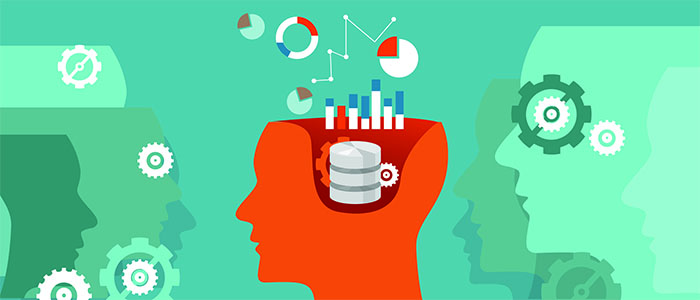
In a typical middle school, a social studies teacher was contemplating how to commemorate black history month in a way that will leave a lasting impact on students who had no idea what type of life, humiliations, and struggles the black community in America had experienced. She decided to pick “The Story of an Escape:Flight on the Pearl,”from the Smithsonian Education series “Once Upon a Real Time:Telling the Stories the Past Tells Us.”The story is about the famous escape of slaves in Washington D.C. in 1848, which was a watershed in the fight of the anti-slavery movement in America. In view of the enormity of the task, she decided to divide the class to teams. The assignment was to read the story, understand it, identify and analyze the stakeholders, scenes, plot, and viewpoints. The teacher tried to avoid assigning roles because she felt that it was part of the learning process. Instead she advised students to record “story thinking”by hanging up large sheets of paper around the classroom and record their thoughts while working on the story. This, she thought, will help her students identify the main components in the story and make role assignments easier.
As students were struggling to make sense of the story, the teacher’s recommendation was indeed very helpful. It helped them focus their attention on what was important and look at alternative views their peers came up with. However, they still had difficulty seeing the big picture –how characters relate to each other, how they influenced the flow of events, what type of an impact the story had on history or vice versa. The ability to visualize how all these components relate and influence each other would be difficult for an adult, not to mention a child, especially if traditional resources are all the child can use. Students can use different computer applications to address different parts of the assignment, but none allows them to put it all together in a manner that will help them see the entire picture, like pieces in a puzzle.
PersonalBrain is an application that does just that and much more. It is a visual content management solution and an associative information organization system. It is what we call a mind-mapping solution that allows its users to branch out their ideas or thoughts in a visual diagram. Any piece of information or “thought”can be linked to any other piece, creating structures of information that reflect the way users think about the information. Mapped and linked ideas help users follow a train of thought, flowing from one item to the next. What makes PersonalBrain so unique is that it is a dynamic mind-mapping tool that allows users to keep track of the big picture even as they go on into execution phase and attach supporting documentation created with other applications. The beauty of this is that there is no divorce between the conceptual phase and the execution phase and users can see the big picture while they are busy working on the detail. Users can attach spreadsheets, documents, website resources, animations, simulations, or any other type of file that makes their nodes come to life and contribute to a detailed, well rounded picture of the users’ thinking, thus making it easier for others to understand.
If the same classroom had access to PersonalBrain, they could immediately lay out a visual diagram of the story’s main framework. They could start with the project planning phase which includes assignments, observations, questions, and resources and follow with a detailed analysis of the scenes, stakeholders, plots, and viewpoints. A student would not be able to plan, design and execute it all with PersonalBrain. Execution would require them to use different applications. However, students will be able to see how all project parts tie in together and fit into a larger context. As they work on the details, they can discover new relationships and record them in their PersonalBrain diagrams. Project parts created with other applications can be attached to their respective nodes, linking the details into the project’s conceptual view. Students can move in and out between the big picture and a detailed view of the project, never loosing track of the relative location of data they explore in the larger scheme of things.
According to David H. Jonassen, meaningful learning happens when learning tasks are situated in some meaningful real world task and students are led to recognize that the world is not a reliable and simple place and ideas rely on the context they occur in for meaning. PersonalBrain facilitates this type of learning by requiring learners to analyze the underlying structure of the ideas they are learning, while they are trying to link them to their own knowledge structures.
Bibliography:
-
David Jonassen, Learning to solve problems with technology:a constructivist perspective,2nd ed. (Upper Saddle River N.J.:Merrill,2003).
-
“Smithsonian Education –Telling the Stories the Past Tells Us,” http://smithsonianeducation.org/educators/lesson_plans/telling_stories/index.html.
-
“TheBrain.com –Welcome to TheBrain,” http://www.thebrain.com/.
